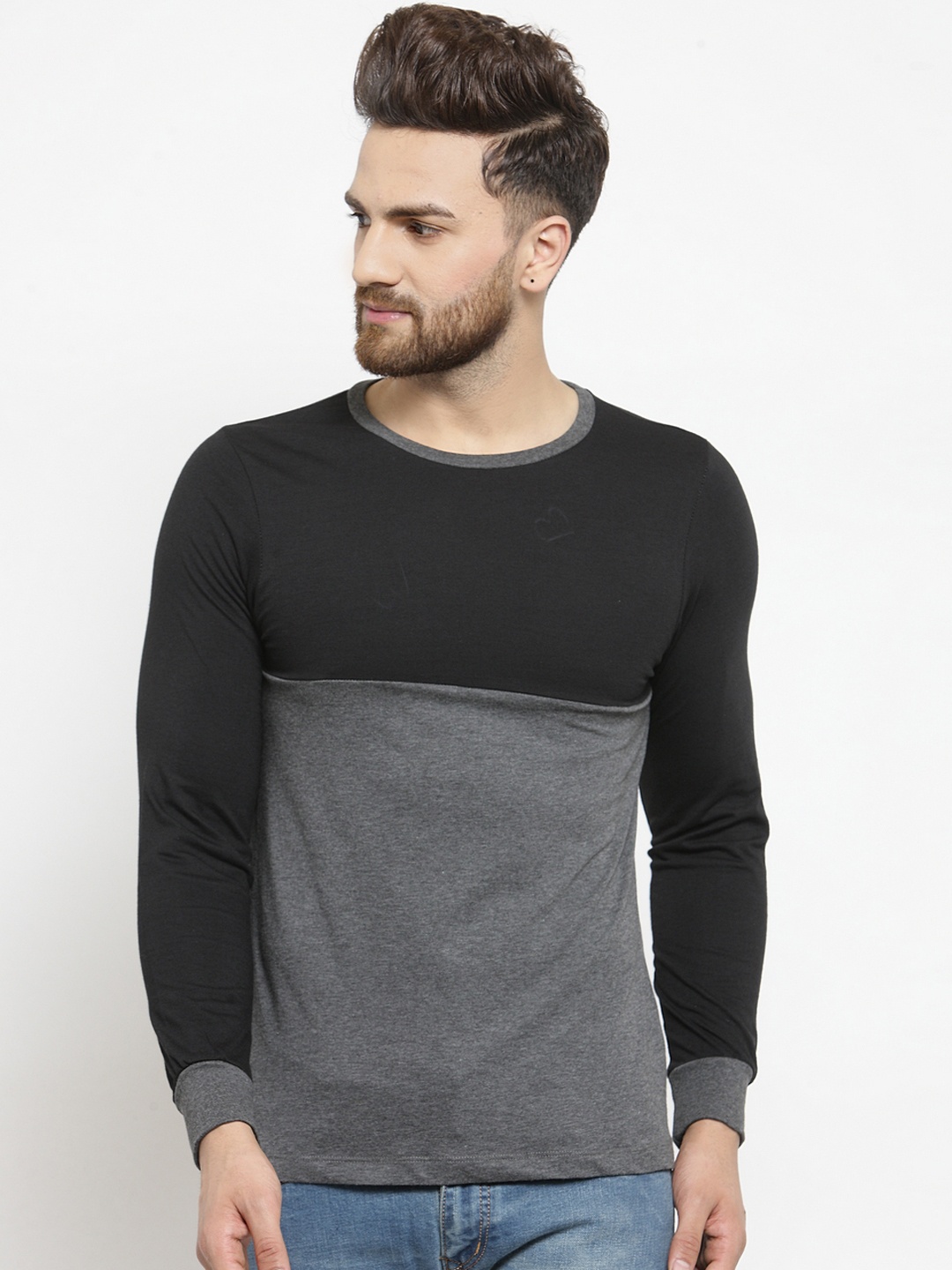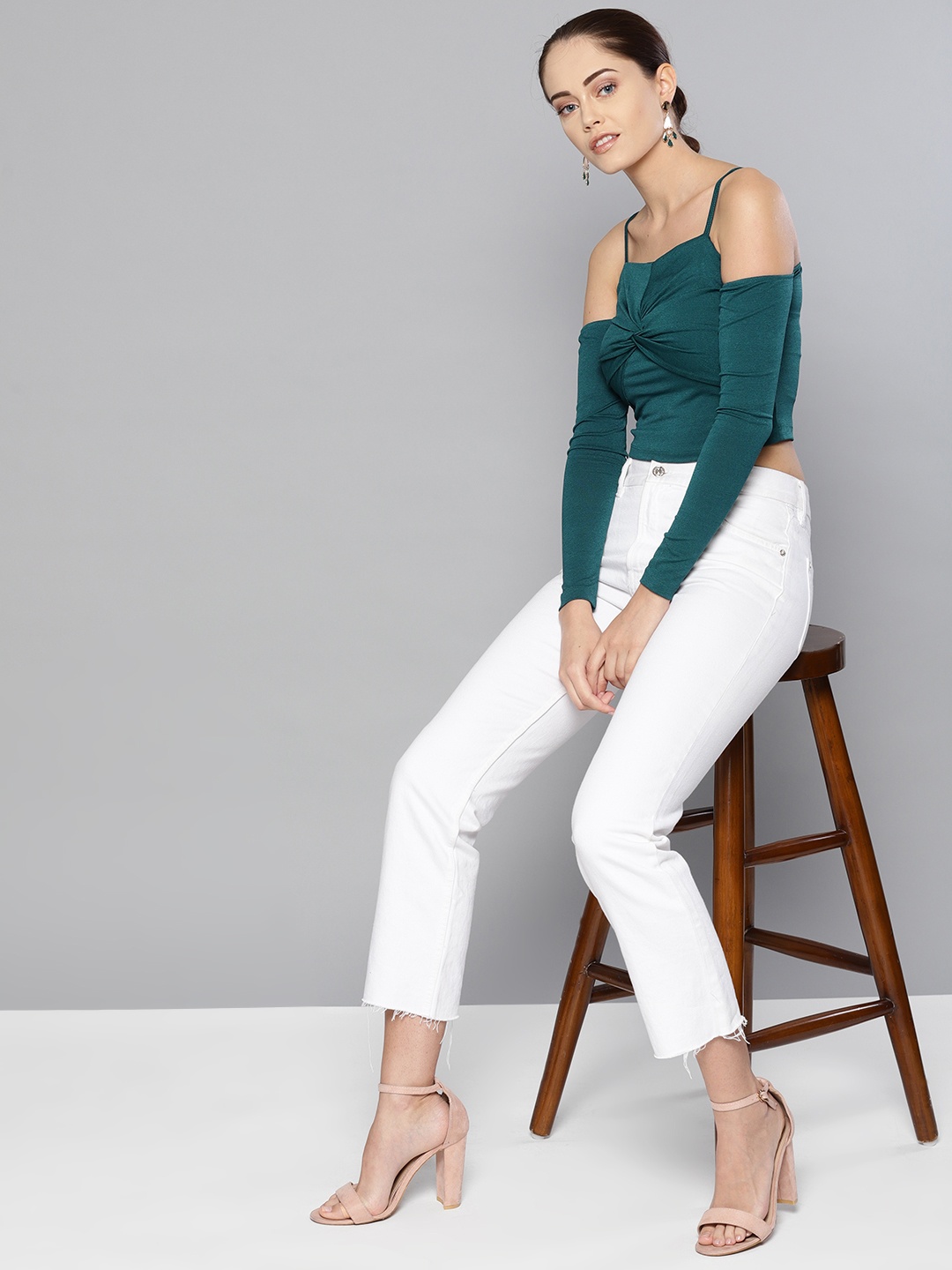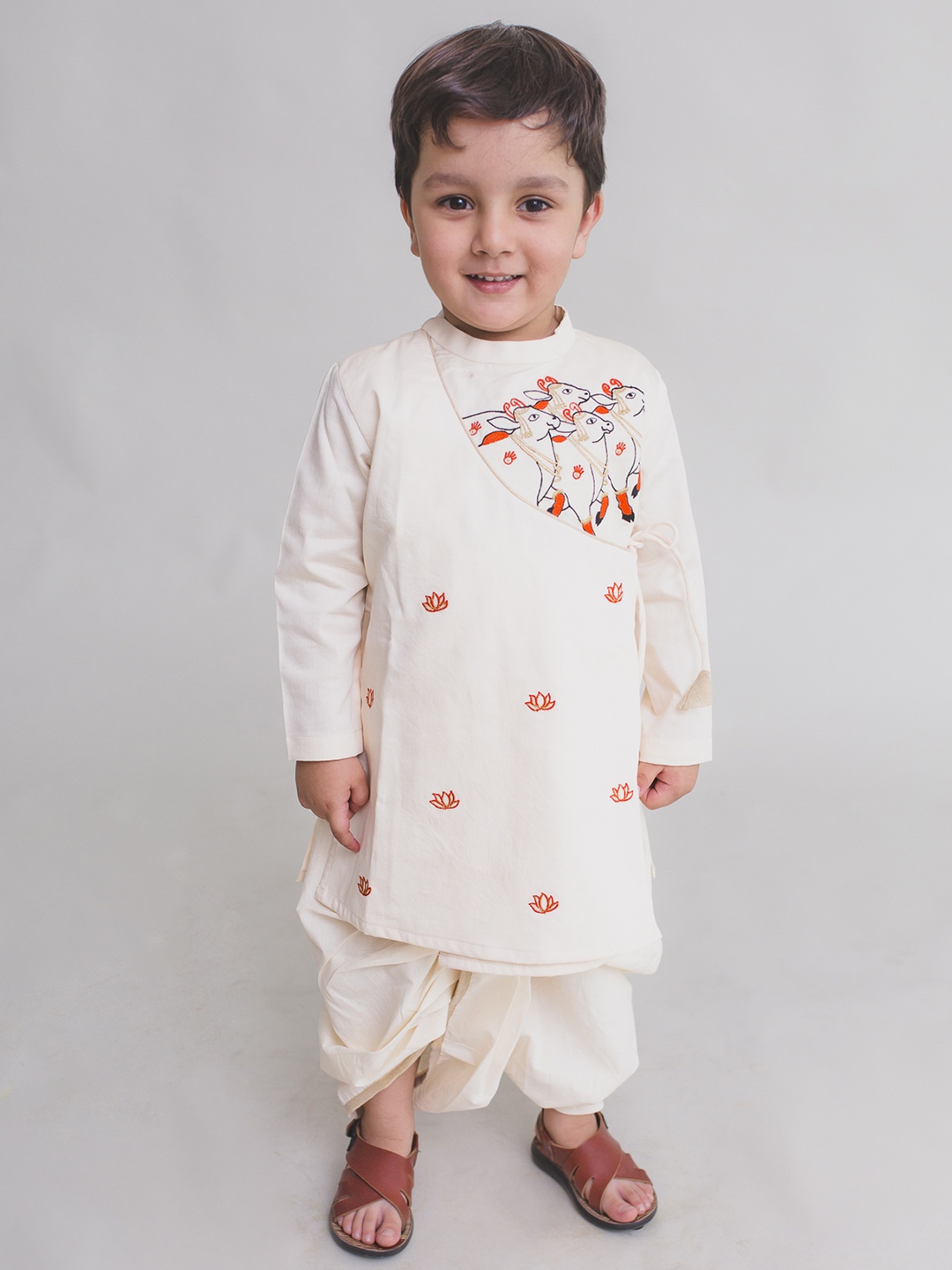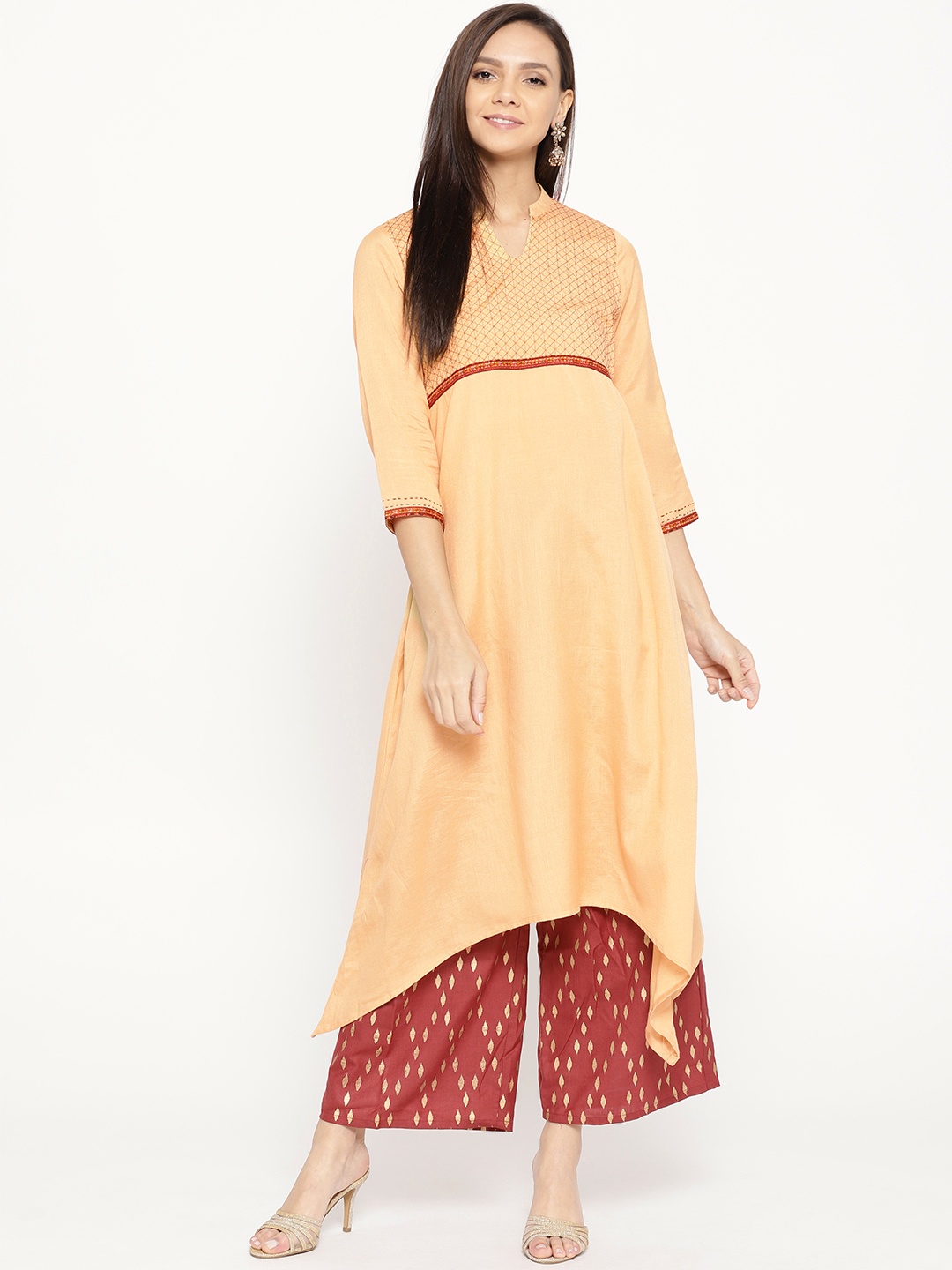10 Reasons Your Flip-Flops Wear Out Quickly And How To Keep Them Going Longer
Flip-flops are the unspoken heroes of our footwear world, but from frayed straps to flattened soles, these summer staples often give up long before we do. If you learn why they wear out quickly, you can make them last longer. So, check out these 10 reasons your flip-flops wear out so fast, and know how to fix them quickly.

Know How To Extend The Life Of Your Flip-Flops - Here Are 10 Reasons They Fail.
Few things scream comfort like slipping into a pair of flip-flops on a sunny afternoon. They're light, they're fuss-free, and they don't pinch the wallet, sometimes available for less than ₹200. But here's the catch: their charm fades faster than a freshly painted wall during festival season. The sole thins out, straps snap, and before you know it, they're in the bin, joining the growing pile of discarded footwear.
Why does this happen? The reasons go beyond 'cheap quality'. It's about how they're made, how we treat them, and even where we walk. The good news is, with a few tweaks, those trusty rubber companions could survive a lot longer, saving you both money and the disappointment of a sudden snap in the middle of the street. First, check out these 10 reasons your flip-flops wear out so fast, and know how to fix them quickly.

If Your Flip-Flops Keep Breaking, Here Are 10 Reasons Why And How To Make Them Last Longer; Photo Credit: Pexels
1. Low-Cost Materials Mean Low Durability
Most flip-flops in the market are made from PVC, EVA foam, or thin rubber. These materials are light and inexpensive, which keeps the cost down but sacrifices durability. While that's great for your wallet initially, it's not so great when the sole starts looking like a piece of old cardboard after a few months.
Cheaper foam flattens quickly under pressure, especially when worn daily on rough surfaces like cemented lanes or tiled floors. In humid weather, straps glued into the sole can also loosen faster. To make them last, consider choosing slightly pricier options made from natural rubber or thicker EVA, spending ₹500 once can sometimes outlast buying two pairs at ₹250 each. Treat it like paying for a better cup of filter coffee: more upfront, better satisfaction over time.
2. Daily Overuse Takes Its Toll
Flip-flops are designed for casual wear, not as all-day, every-day shoes. Wearing them everywhere, from morning vegetable shopping to evening walks, overworks the thin soles and weakens the straps. Imagine a paper plate being reused every day, it's bound to bend and tear sooner than later.
If your day involves long walks or carrying heavy bags, the strain on your flip-flops multiplies. The foam compresses unevenly, and the sole loses its grip faster. The trick? Rotate footwear. Keep flip-flops for short, light tasks, and switch to sturdier sandals or sneakers for longer outings. Think of it as giving your flip-flops a little 'paid leave' so they can serve you better for longer.
3. Heat and Sunlight Speed Up Wear
Leaving flip-flops out in the sun, say on a terrace or in the balcony, might seem harmless, but heat is a silent killer for synthetic materials. The constant exposure hardens the rubber, makes straps brittle, and even causes small cracks in the sole. Over time, the cheerful blue or red shades fade into dull versions of themselves.
Instead, store them in a shaded, cool spot when not in use. A cloth bag or even the corner under a shoe rack works. If they do get wet in the rain, dry them in the shade rather than placing them directly under harsh sunlight. Just as you wouldn't leave fresh coconut water sitting open for hours, flip-flops need the right conditions to stay fresh.
4. Walking Surfaces Matter More Than You Think
Wearing flip-flops on rough, uneven roads is like driving a small hatchback on rocky mountain trails, it's possible, but you'll hear a lot of rattling and scraping. Sharp stones, broken tiles, and gritty pavements scratch and wear out the sole faster than smooth paths.
Try to reserve your soft-soled flip-flops for gentler terrains, beach sand, smooth tiles, or wooden flooring. For harsher roads, use a sturdier pair. That way, your lighter, more comfortable pair gets preserved for when you truly want to enjoy that airy feel.
5. Poor Strap Attachment
Many budget flip-flops have straps fixed with a single plug-and-hole method, glued or melted in place. It's cheap to make but prone to snapping under sudden pressure. Step in a pothole, twist your foot slightly, and snap, the strap's out, leaving you with the awkward 'limp walk' home.
Look for models with double stitching or reinforced plugs. While they might cost ₹100–₹200 more, they'll survive those unexpected tugs. Also, avoid tugging the straps too hard when adjusting them, it's like pulling a sugarcane from the ground; too much force can uproot it entirely.

Why Your Flip-Flops Wear Out Fast: And How To Make Them Last: Photo Credit: Pexels
6. Moisture and Mould Damage
Monsoons can turn flip-flops into breeding grounds for mould. Constant dampness weakens the material, loosens glue, and creates unpleasant smells. Walking in them when they're wet also wears out the sole faster, as water softens the foam and makes it prone to tearing.
To combat this, wash and dry them properly after rain exposure. Sprinkle talcum powder to absorb moisture, or leave silica gel packets in your shoe rack. Think of it like protecting pickles from excess moisture, once dampness creeps in, the damage speeds up.
Also Read: Sliders Vs Flip-Flops: What Households Are Gravitating Towards In 2025
7. Wrong Size and Fit
Flip-flops that are too small force your toes to grip constantly, straining the straps. Oversized ones cause your feet to slide around, putting extra stress on the sole. Either way, the material is under pressure it wasn't designed for.
When buying, ensure your heel doesn't hang off the back and your toes aren't curling over the front. A snug but comfortable fit means the pressure is evenly distributed, extending the lifespan of your pair. It's the footwear equivalent of getting the right tailor-made shirt, it lasts longer and feels better.
8. Skipping Basic Cleaning
Dust, dirt, and tiny stones stuck in the sole grooves act like sandpaper, slowly eroding the material with each step. Neglecting cleaning not only makes flip-flops look worn but also shortens their life.
A quick weekly wash with mild soap and water removes this abrasive build-up. Use an old toothbrush for the grooves and rinse thoroughly. Dry in the shade, and they'll look fresher and last longer. Just like a steel tiffin that shines when cleaned regularly, flip-flops too thrive with a little upkeep.
9. Not Knowing When to Rest Them
Even the toughest flip-flops need breaks. Wearing the same pair for months without rotation doesn't give the material time to recover from constant compression and bending.
If you own more than one pair, rotate them. This spreads the wear evenly, so one pair doesn't take the entire beating. The result? Both pairs last longer. It's like rotating mattresses, small effort, big difference.
10. Ignoring Small Repairs
A loose strap or slightly peeling sole is often ignored until it's too late. But quick fixes, like re-gluing a strap with strong adhesive or trimming frayed edges, can extend usability by months.
Cobbler services are still affordable, with minor repairs costing ₹30–₹50. In many markets, roadside cobblers can patch up your flip-flops in minutes. A little timely care here is like fixing a leaking tap before it floods the kitchen.
Products Related To This Article
1. HRX by Hrithik Roshan Women Thong Flip-Flops
2. Ginger by Lifestyle Women Rubber Slip-On
3. WELCOME Kids Lightweight & Comfortable Arch Support Durable Anti-Skid Flip Flops
4. Puma Wave Flip Flip-Flops
5. CASSIEY Women Self Design Clogs
6. DOCTOR EXTRA SOFT Women Croslite Sliders
7. Crocs Bayaband Unisex Navy Blue Solid Clogs
Flip-flops aren't built to last forever, but they don't have to be disposable within a few months either. By choosing better materials, giving them breaks, protecting them from heat and rough terrain, and showing them a little TLC, you can stretch their life considerably.
In a world where things are replaced faster than they're repaired, a little effort in maintaining what we already own can save money and reduce waste. And honestly, there's a quiet satisfaction in seeing a pair of flip-flops carry you through more than one monsoon, still holding strong while the chai is still hot. Shop now on Myntra.
Disclaimer: The images used in this article are for illustration purpose only. They may not be an exact representation of the products, categories and brands listed in this article.

























